Top speed 850 km/h Length 6 m | Wingspan 4.5 m Manufacturer Luftschiffbau Zeppelin | |
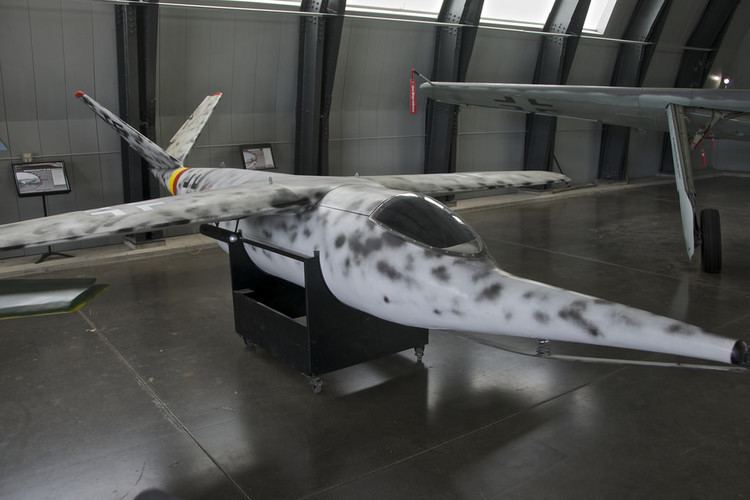 | ||
Ksp fliegende panzerfaust
The Fliegende Panzerfaust, meaning 'Flying Bazooka' (literally 'Flying Armor Fist') in the German language, was a project for a Third Reich very-short-range interceptor designed by Luftschiffbau Zeppelin.
Contents

The Fliegende Panzerfaust project was part of the Nazi propaganda-based Wunderwaffe ('wonder weapon') concept. It was proposed to the Emergency Fighter Program against the allied bombing raids over Nazi Germany in the last years of World War II.
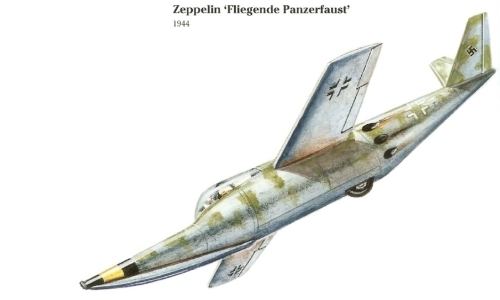
Description
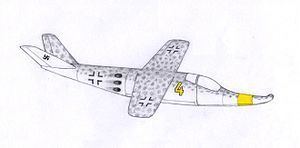
The Fliegende Panzerfaust was a rocket-powered design meeting the demand for a low-cost aircraft in a very-short-range interceptor role. It was a parasite aircraft meant to be towed behind a Messerschmitt Bf 109G for which it had a special long nose. Powered by six Schmidding SG 34 rocket engines, three on each side on the rear half of the fuselage, the Fliegende Panzerfaust was a small plane with a v-tail, a wingspan of 4.5 m and a length of 6.0 m.
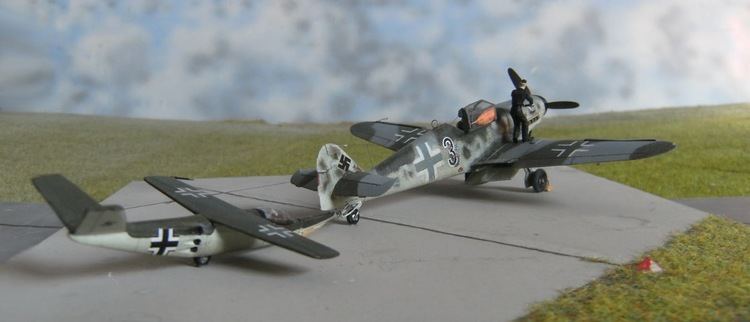
This Zeppelin-built aircraft would have been released upon reaching combat altitude above the enemy bomber fleet. Shortly before contact with the combat box below it would ignite its six solid-fuel rocket engines, attacking the target bomber by firing two 73 mm RZ 65 air-to-air missiles at an extremely close range. The front half of the aircraft which had the pilot lying in a prone position in the cockpit would then split from the other half. Both parts would land separately with parachutes, being later retrieved and reused. Owing to the extreme risks for the pilot inherent in its operation this aircraft is sometimes referred to as a suicide weapon.
Specifications
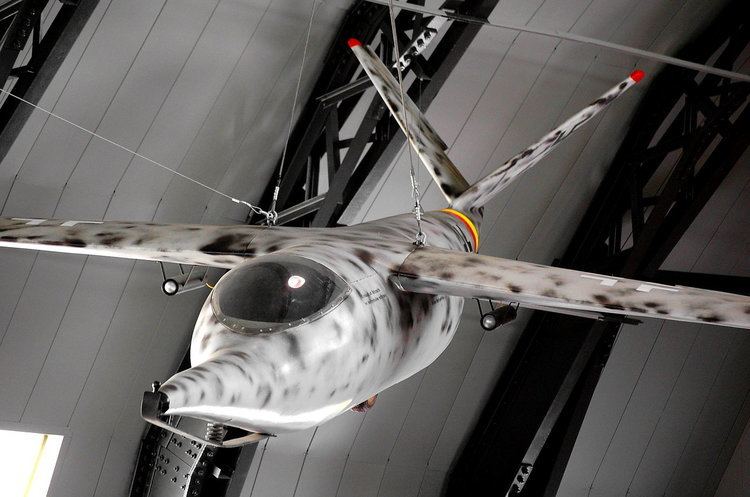
Data from Dieter Herwig & Heinz Rode, The Luftwaffe Secret Projects: Ground Attack & Special Purpose Aircraft. Midland Counties Publ. ISBN 978-1857801507
General characteristics
Performance
Armament
Replicas
There is a Replica on display at the Military Aviation Museum in Virginia Beach, Virginia.
